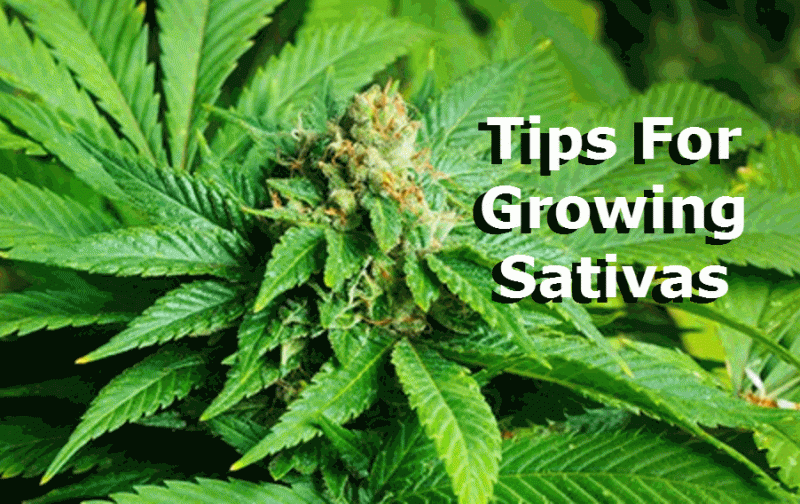Tips For Growing Cannabis Sativas
Cannabis Sativa Growing Tips - What Temperatures and Soils are Best? from CannabisNet on Vimeo.
If you’re interested to start growing your own marijuana plants, it might be be better for you to start with kush and indica dominant strains because they’re much easier than sativas. However, if you’re up for the challenge, growing strong sativa plants is rewarding as you’ll get to enjoy more cerebral and heady hits.
Sativa strains have potent medicinal properties, especially in treating conditions that kush and indica strains can’t. Sativa strains are best used to treat emotional and mental disorders including stress, anxiety, depression, and bipolar disorder. Recreational users will love the strong buzz that comes with sativas, making it ideal for use even during daytime and when in the outdoors.
When it comes to growing sativas, there are certain advantages. One of these is that they don’t need a lot of time to vegetate, which is the most expensive stage of growing because you’re paying for higher electricity costs due to both lighting and cooling. Another benefit to growing sativas is that they can reap a good yield even during early budding phases.

Sativa cannabis strains grow in tropical and subtropical parts of India as well as Southeast Asia. Today you can find them in countries with warm climates such as Thailand, Mexico, Colombia, and South Africa. Growing cannabis in different climates requires knowledge for that particular setting and area as far as soils, bugs, nutrients, etc.
Sativas grow tall and slender, and can reach more than 10 feet in height; they also tend to have a typical Christmas tree shape. Handling its massive size can be challenging for novice growers. Sativa plants have long delicate leaves and because of its low chlorophyll content tend to have a light green color. Because of this they need more intense light than indica strains for maximum growth.
The flowering period of sativas are much slower because they are adapted to tropical growth environments. It usually takes around 10-14 weeks to flower, which means that if you have short outdoor seasons this may not be the best variety to grow. The plant has long internodes and their light buds enable more air to move around freely throughout the entire plant, which is helpful in preventing pest and mold problems if you are growing them in a humid environment. Growing sativa outdoors is best if you live outdoors in a tropical or subtropical climate. Otherwise, it’s best to grow it indoors during the summertime.

Sativas and sativa-dominant strains grow best with higher humidity and warmer temperatures during budding, which makes it ideal for growing indoors during summertime.
Here are some things to keep in mind for successful sativa grows:
Sativas grow well with a lot of intense light. The more light you give, the stronger your grows will be and the better they’ll respond as long as your temperature doesn’t go beyond 85 degres Fahrenheit. Humidity should always be maintained between 55-65% RH.
Sativa plants grow taller and most of the vertical growth occurs when they’re flipped to the bloom phase. It’s important for growers to carefully plan the grow room and bloom phase schedules with this in mind. Ideally, sativa veg phases shouldn’t be longer than five weeks. Another way to handle this is once they grow two feet gall, flip them to its bloom phase – a 2 foot tall sativa plant can grow to as much as 5 feet or more by the end of the bloom phase. It’s common for many growers to run out of vertical space, end up with damaged plants that grew too close to the ceiling or lights, or will have to trim or bend the plant canopy.
Choose sativa strains that are suitable for indoors grows. There’s no need to have an indica heritage.
Sativas will grow well with less frequent feedings and light use of fertilizer. It’s important to water them carefully but using too much fertilizer will damage the plant’s delicate bouquet.
Most of the plant’s essential oils are produced when ripe. You can mature the plants faster by shortening day lengths down to 8 hours during the final weeks when you’re anticipating harvest.
The sativa’s buds might look large but the yield is actually much smaller after drying and curing.
What methods have helped you grow super sativas? Share with us in the comments below!
OTHER STORIES YOU MAY ENJOY...
COMMON MISTAKES WHEN GROWING MARIJUANA, CLICK HERE.
OR..
WHY GROWING YOUR OWN POT IS WORTH IT, CLICK HERE.








